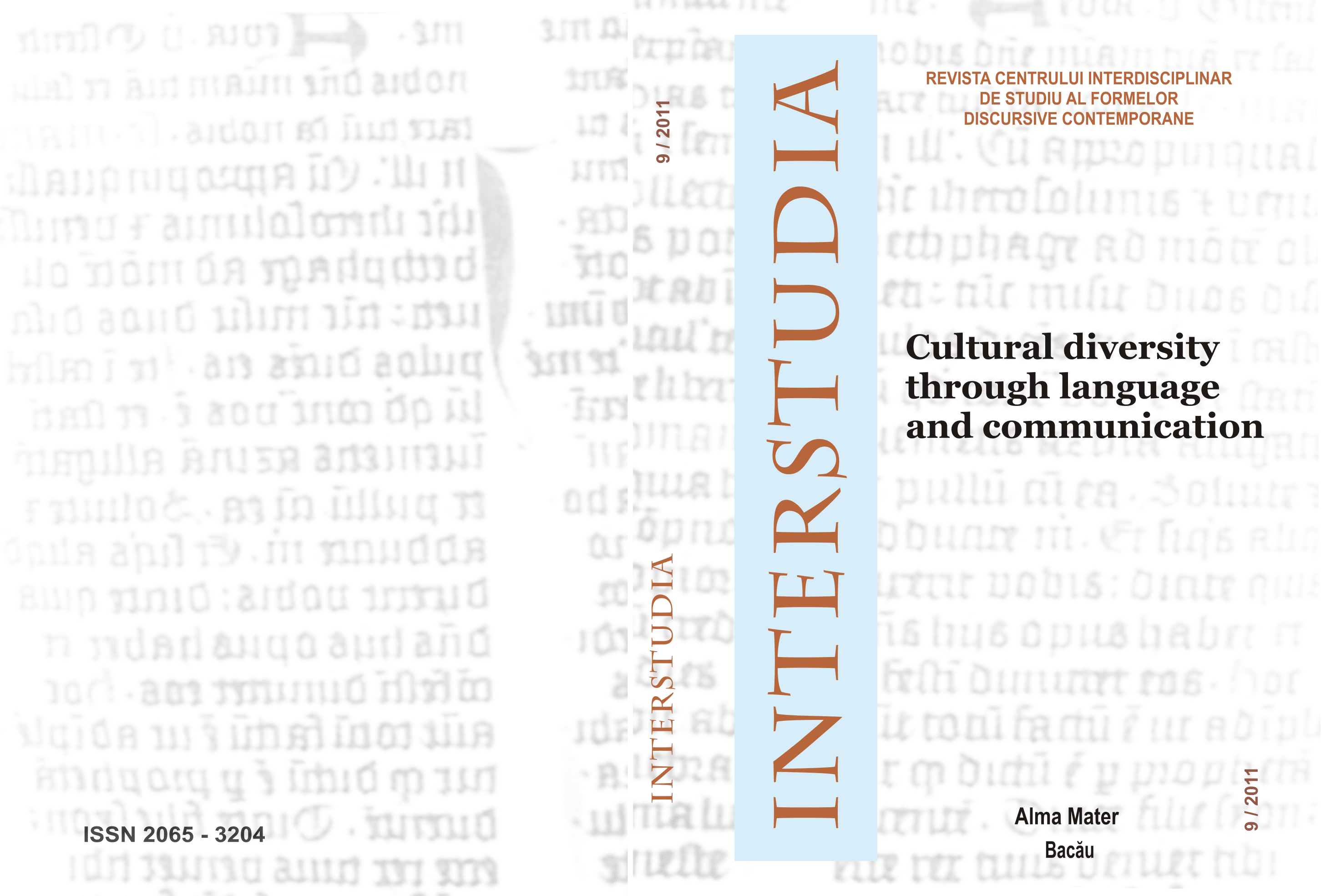A semio-communicative approach to technical translation
A semio-communicative approach to technical translation
Author(s): Mircea HorubetSubject(s): Cultural Essay, Political Essay, Societal Essay
Published by: Editura Alma Mater
Keywords: technical translation; sign; mental representation; source text, target text.
Summary/Abstract: The purpose of this paper is to try to "give to Caesar what belongs to Caesar” when it comes to the relationship between literary translation and technical translation. Literary translation is, undeniably, the “prettiest” duckling of translation; technical translation, on the other hand, is the most accurate and precise translation. While the former allows the translator the freedom to manifest her/his creative mind within the limits of a vague, undetermined goal of the source text, to choose an optimum linguistic form out of an indefinite number of forms, the latter obliges the translator to find the only semantically and pragmatically acceptable form. Literary translation presupposes, principally, linguistic and cultural competence. Technical translation necessitates linguistic competence and technical education. From a semiotic point of view, in technical translation, the most important thing is for the translator to have mental representations of the words she/he translates. The translator must have the same or similar mental representations for the two different words (in SL and TL). From a communicative point of view, the main function of words is their referential function. Without knowing the reference/sense of a word/phrase, the ordinary technical dictionaries are of little help. Moreover, they can be totally misleading.
- Issue Year: 2011
- Issue No: 09
- Page Range: 135-147
- Page Count: 13
- Language: English
- Content File-PDF

